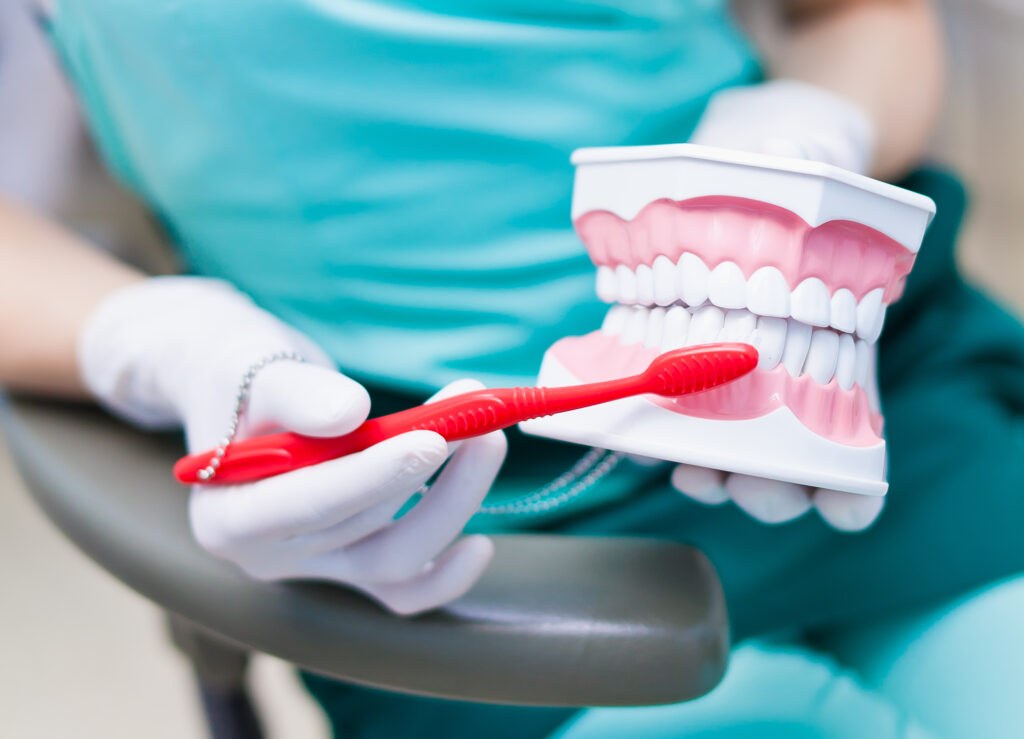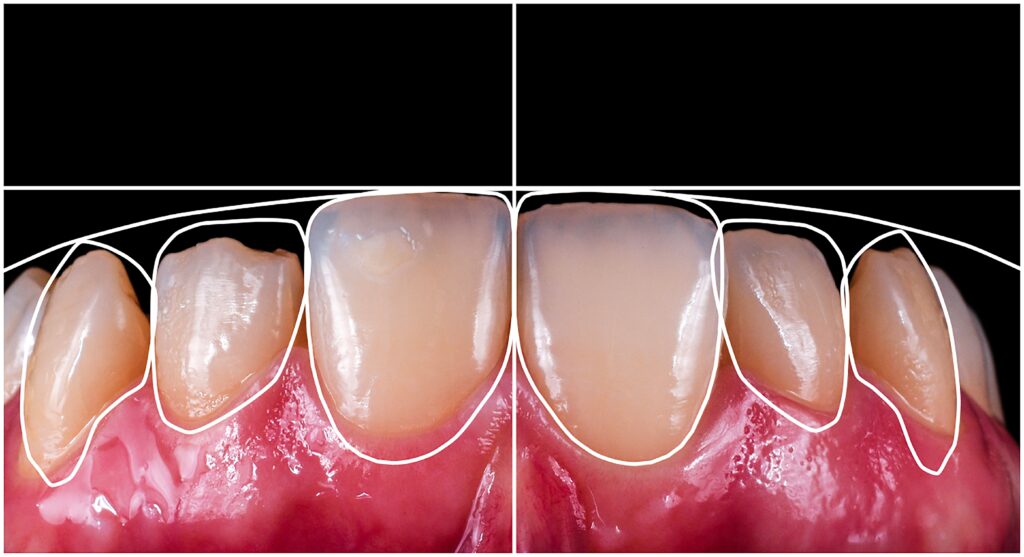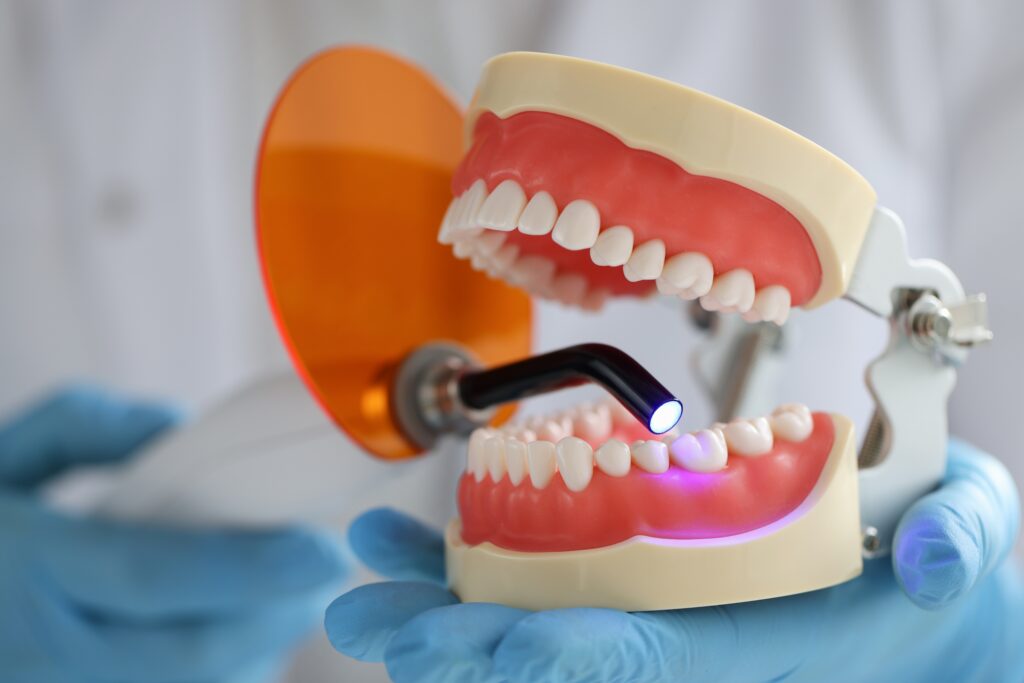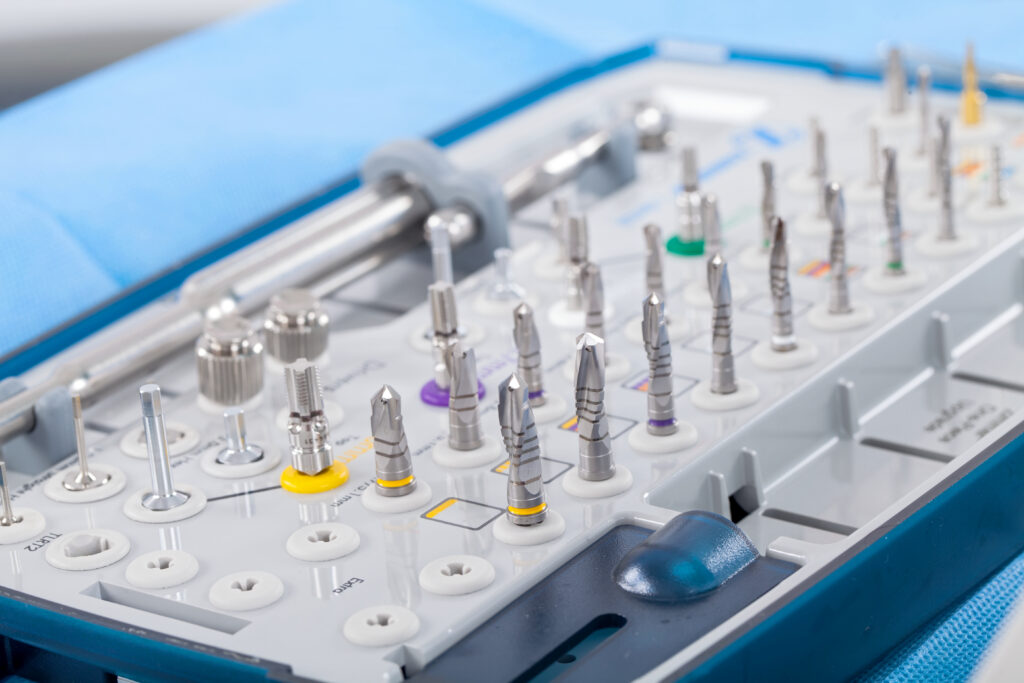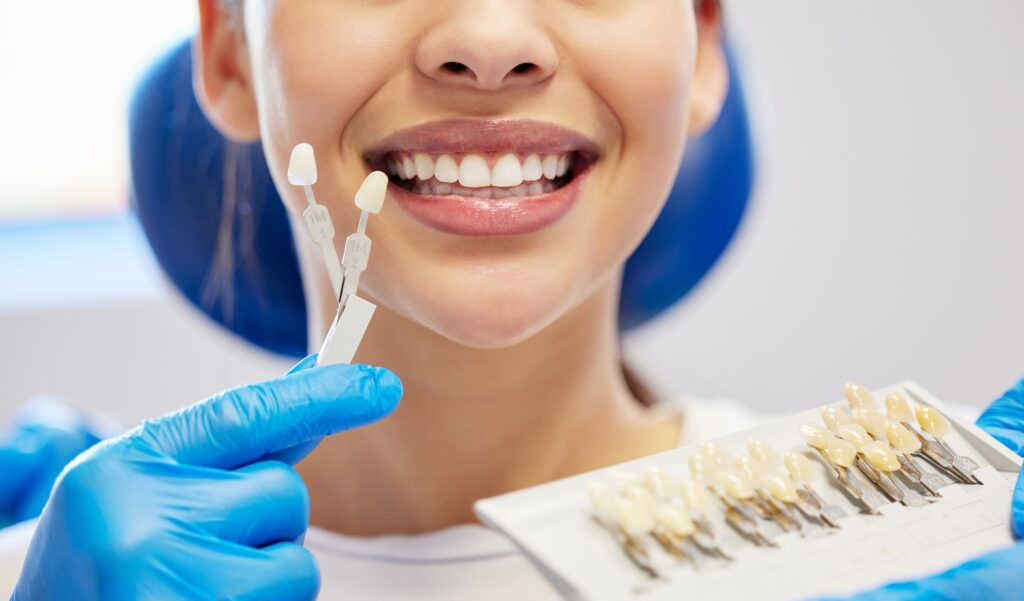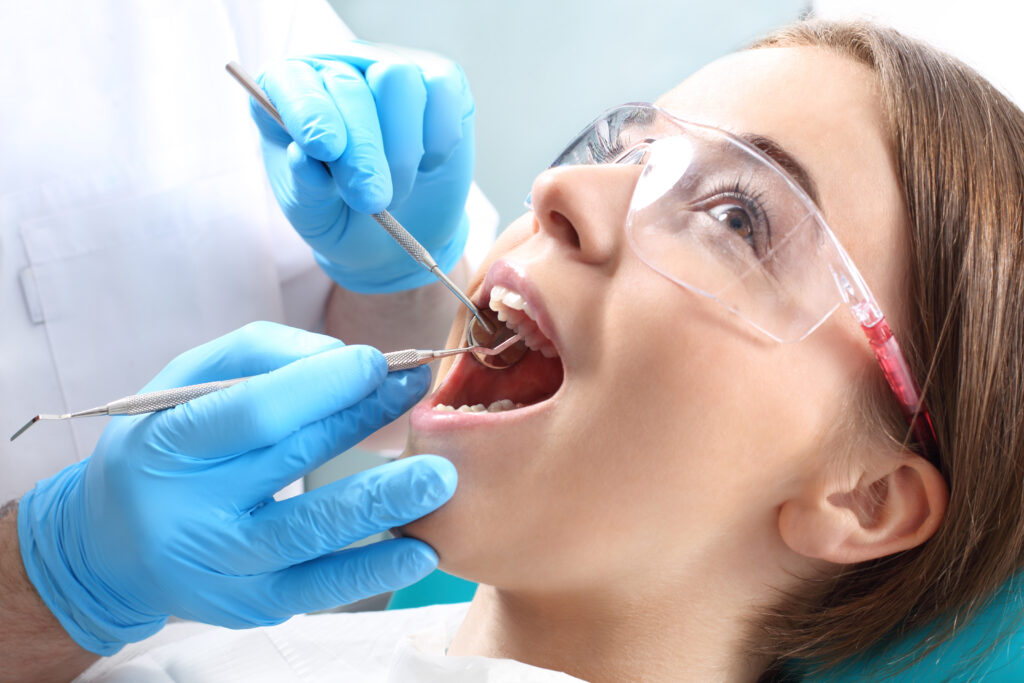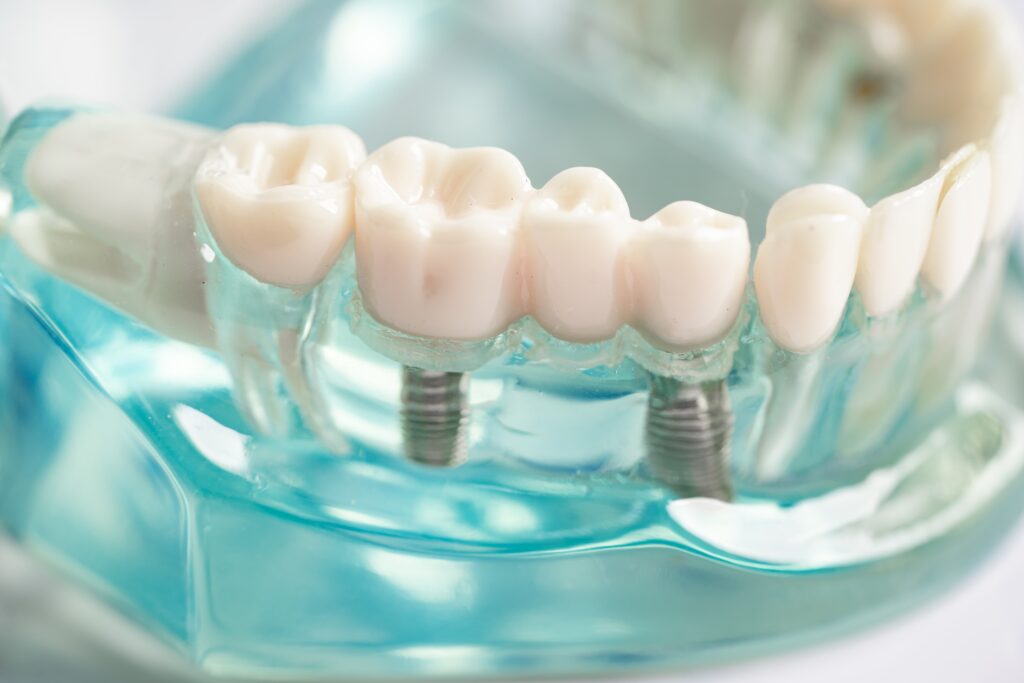Restorative and Prosthetic Treatments
TREATMENTS
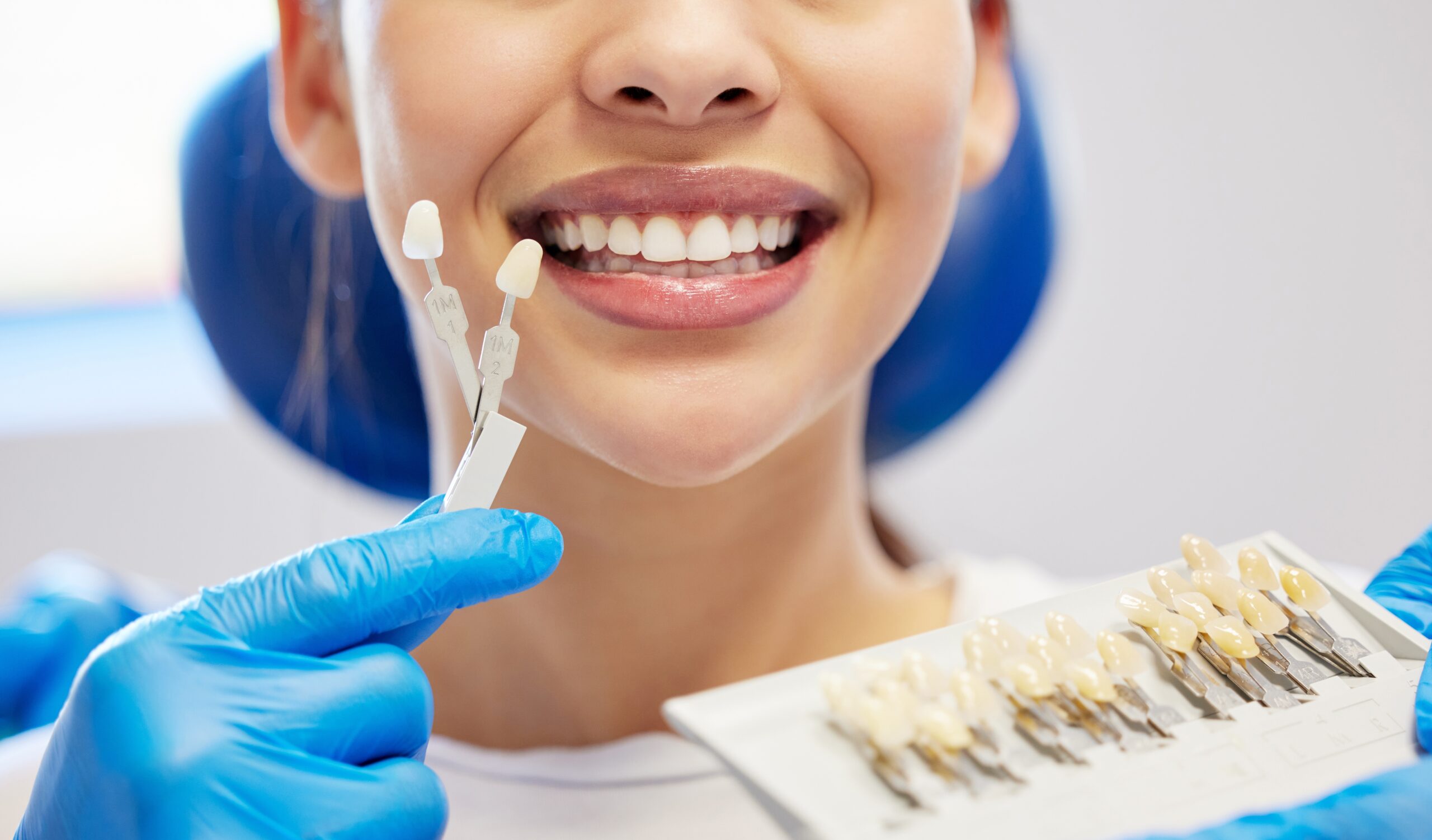
Restorative and prosthetic treatments are treatments that use artificial dental materials or prostheses to repair damaged teeth, replace missing teeth, correct chewing function and improve aesthetics.
Common types of restorative and prosthetic treatment include
1. Tooth Veneers: Dental crowns, also called veneers, are tooth-shaped prostheses that are placed over damaged or weakened teeth, restoring their strength, shape and appearance. They can be made of various materials such as porcelain, zirconium, metal or a combination of both, depending on the specific needs of the patient.
2. Dental Bridges: Bridges are used to replace one or more missing teeth by fixing artificial teeth to adjacent natural teeth or dental implants. The natural teeth or implants on either side of the gap act as support for the bridge, restoring function and aesthetics.
3. Prosthetic Teeth: Dentures are removable dental appliances used to replace more than one missing tooth. They can be full dentures, which replace all the teeth in a jaw, or partial dentures, which replace only some teeth and are supported by the remaining natural teeth or dental implants.
4. Dental Fillings: Tooth-colored fillings are used to repair cavities and restore the natural appearance of your teeth.
5. Implant Supported Prostheses: Prostheses supported by dental implants. Implant-supported dentures provide better stability and function than traditional removable dentures and are often recommended for patients with multiple tooth loss.
6. Laminated tooth: Laminated teeth, also colloquially called leaf teeth or nail teeth, are thin porcelain or composite veneers that are bonded to the front surfaces of teeth to improve their appearance. They can be used to correct problems such as discoloration, chips, cracks or very slight crowding. This results in a brighter and straighter smile.
7. Inlays and Onlays: Inlays and onlays are custom-made restorations used to repair teeth with mild to moderate decay or damage. They are fabricated outside the mouth and bonded to the damaged tooth, providing greater strength and protection while preserving the natural tooth structure compared to traditional fillings.
These are just a few examples of dental restoration and prosthetic treatments used to restore the function and aesthetics of teeth. The specific treatment recommended for each patient depends on factors such as the degree of tooth loss or damage, overall oral health and individual preferences.
